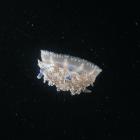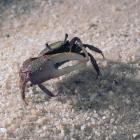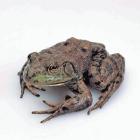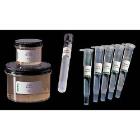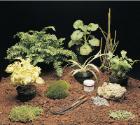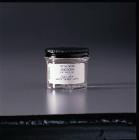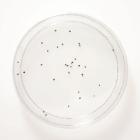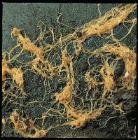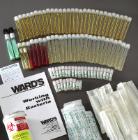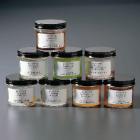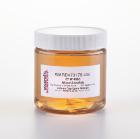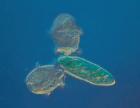You Searched For:
420 results were found
NeuLog
Catalog Number:
(470180-490)
Description:
Pack of 3 Jellyfish (Cassiopeia sp.) Students can observe symbiotic organisms called zooxanthellae (minute flagellates) swimming with the jellyfish in...
Description:
Uca sp. The fiddler crab gets its name from the male’s larger claw, which it waves up and down in a fiddling motion when threatened or when attracting...
Description:
This large predatory frog will eat any other organism smaller than itself, including smaller bullfrogs; keep similar-sized frogs together to avoid can...
Catalog Number:
(470176-702)
Description:
Pediastrum (Small)
Catalog Number:
(470176-368)
Description:
Zygnema Culture for 35 Students
Catalog Number:
(470004-926)
Description:
Safely Study the Effects of Viral Transmission
Catalog Number:
(470180-354)
Description:
This species of termite is very large, and you can easily observe the distinct differences of the several roles that exist in their eusocial colonies.
Catalog Number:
(470176-292)
Description:
Contains Representatives from All Major Plant Groups
Catalog Number:
(470176-484)
Description:
These bottom-dwelling bivalved crustaceans are found in nearly every aquatic habitat.
Description:
When hatched, the small, gray larvae are the traditional source for high-quality silk.
Catalog Number:
(470180-278)
Description:
White Worms
Catalog Number:
(470179-616)
Description:
This large culture collection includes the specimens presented most often in university textbooks
Catalog Number:
(470179-938)
Description:
Examples of eight different types of algae, grouped by the color of their plastids.
Catalog Number:
(470176-406)
Description:
Two or more species of annelids are included
Description:
Didinium Culture for 100 Students
Catalog Number:
(470176-228)
Description:
The culture supplied includes copepods in various stages of development.
Inquire for Price
Stock for this item is limited, but may be available in a warehouse close to you. Please make sure that you are logged in to the site so that available stock can be displayed. If the
Stock for this item is limited, but may be available in a warehouse close to you. Please make sure that you are logged in to the site so that available stock can be displayed. If the
This product is marked as restricted and can only be purchased by approved Shipping Accounts. To apply for a shipping account number, click here. If you need further assistance, call Customer Service at 800-962-2660 or email [email protected].
-Additional Documentation May be needed to purchase this item. A VWR representative will contact you if needed.
This product has been blocked by your organization. Please contact your purchasing department for more information.
The original product is no longer available. The replacement shown is available.
Limited quantities of this product are available. To check availability or place an order, call Customer Service at 800-962-2660 or email [email protected].
|
|||||||||





